12 Must-Watch Animated Shows That Got Better With Every New Season
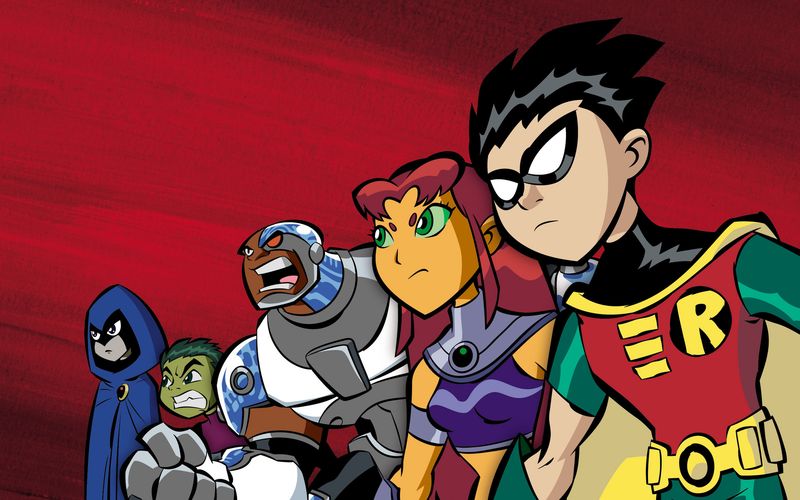
Animated shows have a unique ability to grow and evolve in ways that live-action series sometimes can’t match. Some cartoons start strong but hit their stride as seasons progress, building richer worlds, deeper characters, and more compelling stories.
Whether you’re a longtime animation fan or just discovering the genre, these series prove that patience pays off when creators are given time to refine their vision and take bold creative risks.
1. Avatar: The Last Airbender (2005–2008)
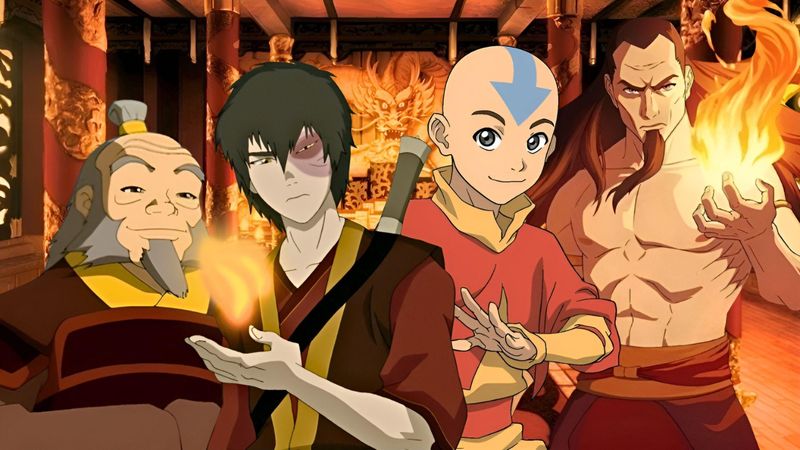
Few animated series have achieved the legendary status of this show. Starting as a charming tale about a young monk learning to master the elements, it transformed into something far more profound.
Each season raised the stakes dramatically. Book One introduced us to a colorful world; Book Two delivered political intrigue and heartbreaking betrayals; Book Three gave us an ending that still brings tears to fans’ eyes. The animation quality improved noticeably, and battles became more fluid and creative.
Character growth remained consistently excellent throughout. Zuko’s redemption arc is considered one of animation’s finest achievements, while Aang’s journey from playful kid to wise leader felt earned and genuine.
2. BoJack Horseman (2014–2020)
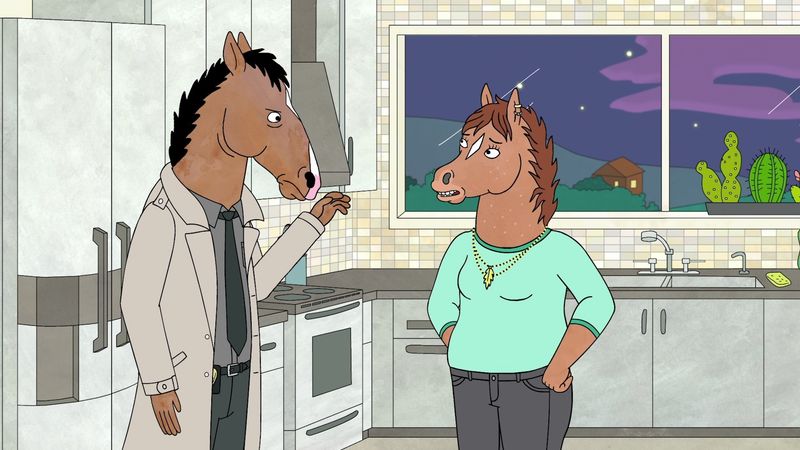
Many viewers almost gave up after the first season, which felt like just another quirky adult cartoon. Those who stuck around witnessed one of television’s most devastating character studies unfold.
Season two marked a turning point, introducing deeper emotional honesty and experimental storytelling techniques. By season three, the show was tackling depression, addiction, and trauma with unflinching realism. Episodes like “Time’s Arrow” and “Free Churro” pushed animation’s boundaries in ways previously unimaginable.
The writing became sharper and more ambitious with each passing year. What started as celebrity satire evolved into a raw examination of self-destruction, accountability, and whether people can truly change their fundamental nature.
3. Star Wars: The Clone Wars (2008–2020)
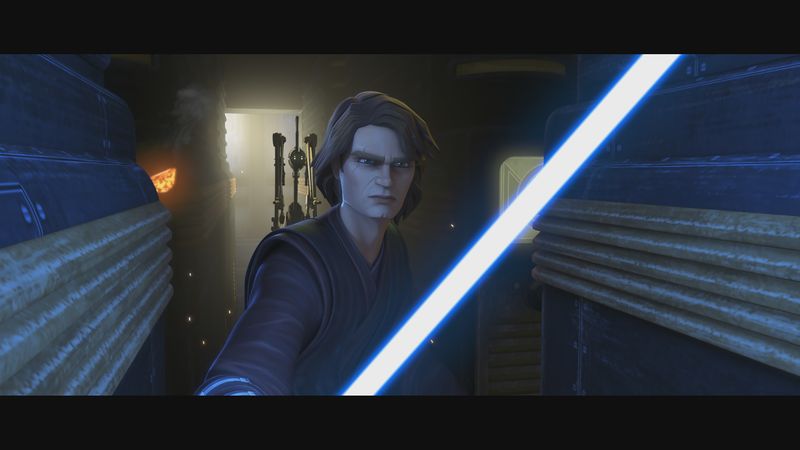
When this series premiered, many dismissed it as a kids’ show with stiff animation. How wrong they were. Season after season, the storytelling matured remarkably. Early episodes featured simple good-versus-evil conflicts, but later seasons explored moral ambiguity, war crimes, and political corruption.
The Siege of Mandalore arc rivals anything in the Star Wars films for emotional impact and visual spectacle. Ahsoka Tano’s development from annoying sidekick to fan-favorite hero exemplifies the show’s growth.
Animation quality improved dramatically, with later seasons featuring cinematic lighting and choreography. The final season, released years after cancellation, proved the creators’ vision had only gotten stronger with time.
4. Adventure Time (2010–2018)
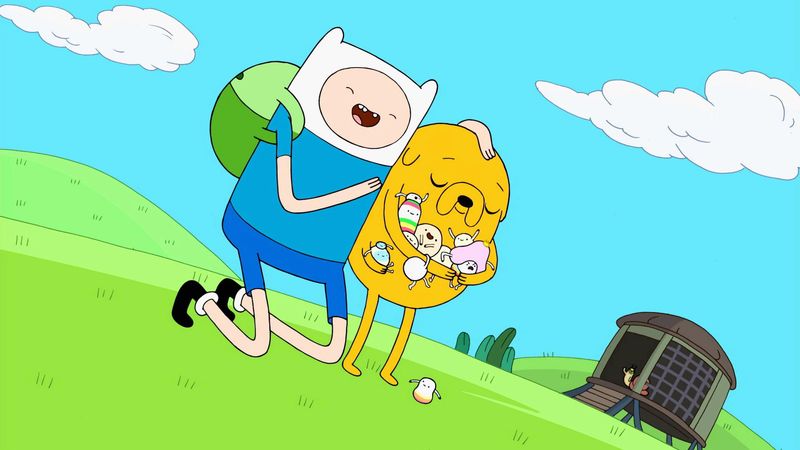
What began as random nonsense about a boy and his magical dog became one of animation’s most emotionally complex narratives. Early episodes were delightfully weird but shallow.
As seasons progressed, the show revealed a post-apocalyptic backstory that recontextualized everything. Finn’s coming-of-age struggles with relationships and identity felt surprisingly real, while the Ice King’s tragic origin story devastated audiences. The visual style evolved beautifully over time.
Later seasons experimented with different animation techniques and storytelling formats. By the finale, Adventure Time had explored themes of mortality, loneliness, and acceptance with a sophistication that belied its candy-colored appearance and silly humor.
5. Gravity Falls (2012–2016)

Creator Alex Hirsch crafted a mystery box that actually delivered on its promises. Season one introduced charming characters and supernatural weirdness, but season two kicked everything into overdrive.
The serialized storytelling became tighter and more rewarding. Clues planted in early episodes paid off spectacularly, and the mythology deepened without becoming confusing. Bill Cipher evolved from quirky villain to genuinely menacing threat.
Character relationships matured beautifully throughout the show’s run. Dipper and Mabel’s sibling bond faced real challenges, and Grunkle Stan’s backstory added emotional weight. The show ended at exactly the right moment, proving that knowing when to stop is part of getting better.
6. Batman: The Animated Series (1992–1995)
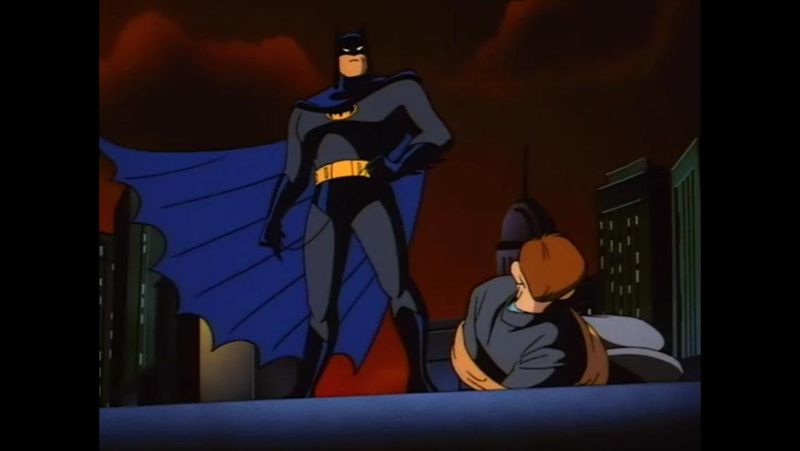
This groundbreaking series redefined superhero animation from its first episode, but it didn’t rest on its laurels. As the show progressed, stories became psychologically darker and more sophisticated.
The rogues’ gallery expanded with memorable interpretations of classic villains. Mr. Freeze’s tragic reimagining in “Heart of Ice” won an Emmy and set a new standard for villain storytelling. Bruce Wayne’s internal struggles received increasing attention in later episodes.
The animation team refined their distinctive noir aesthetic, making Gotham feel more atmospheric and oppressive. By the time it transitioned into “The New Batman Adventures,” the show had influenced an entire generation of superhero storytelling.
7. Samurai Jack (2001–2004, 2017)
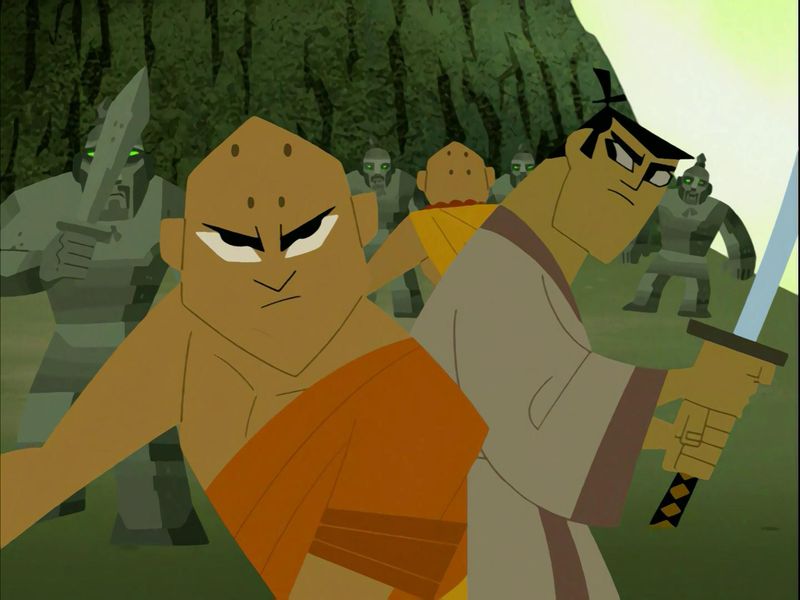
Genndy Tartakovsky’s masterpiece was always visually stunning, but each season refined its minimalist storytelling approach to near perfection. The original run featured increasingly ambitious episodes with less dialogue and more visual poetry.
Action sequences became more elaborate and creative, while Jack’s emotional isolation grew more palpable. The show pushed what action animation could achieve on television.
Then came the miraculous 2017 revival. Season five delivered everything fans had waited thirteen years to see—a darker, more mature conclusion that earned its TV-MA rating. Jack’s PTSD and depression were handled with surprising sensitivity, and the finale provided closure while honoring the show’s legacy.
8. Justice League / Justice League Unlimited (2001–2004 / 2004–2006)
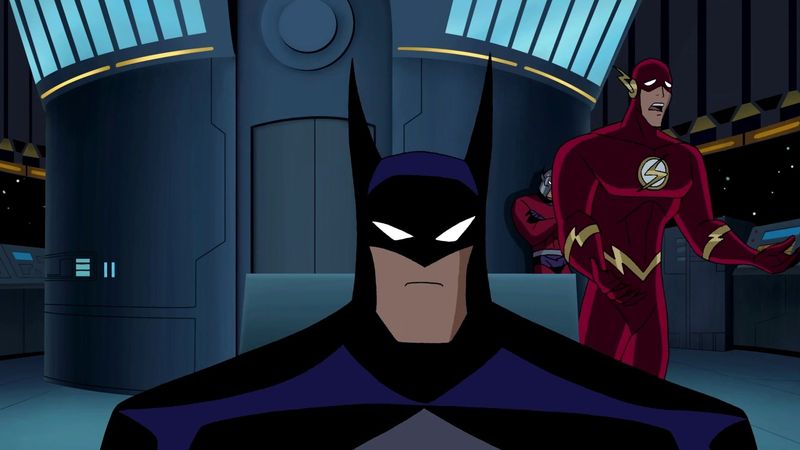
Starting with just seven core heroes, this series gradually built one of animation’s most impressive shared universes. Justice League’s two-part episodes allowed for epic storytelling, but Unlimited took things further by expanding the roster to dozens of heroes.
This created opportunities for unexpected character interactions and deeper explorations of the DC universe. Background characters from earlier seasons returned with surprising importance.
The Cadmus arc exemplified the show’s maturation, examining superhero accountability years before it became trendy. Animation quality improved steadily, and voice acting remained consistently excellent. By its conclusion, the series had created a definitive version of many DC characters.
9. Teen Titans (2003–2006)

Balancing anime-inspired comedy with genuine emotional depth, this show found its footing by trusting its audience’s intelligence. Season one established the team dynamics with lighthearted fun. Season two introduced Slade and raised the stakes considerably.
By seasons three and four, the show was tackling identity crises, betrayal, and destiny with remarkable maturity. Raven’s arc exploring her demonic heritage became legitimately unsettling. Terra’s storyline remains one of superhero animation’s most heartbreaking narratives.
The show never talked down to its young audience, addressing complex emotions and moral questions. While it ended too soon, each season built upon what came before beautifully.
10. Regular Show (2010–2017)
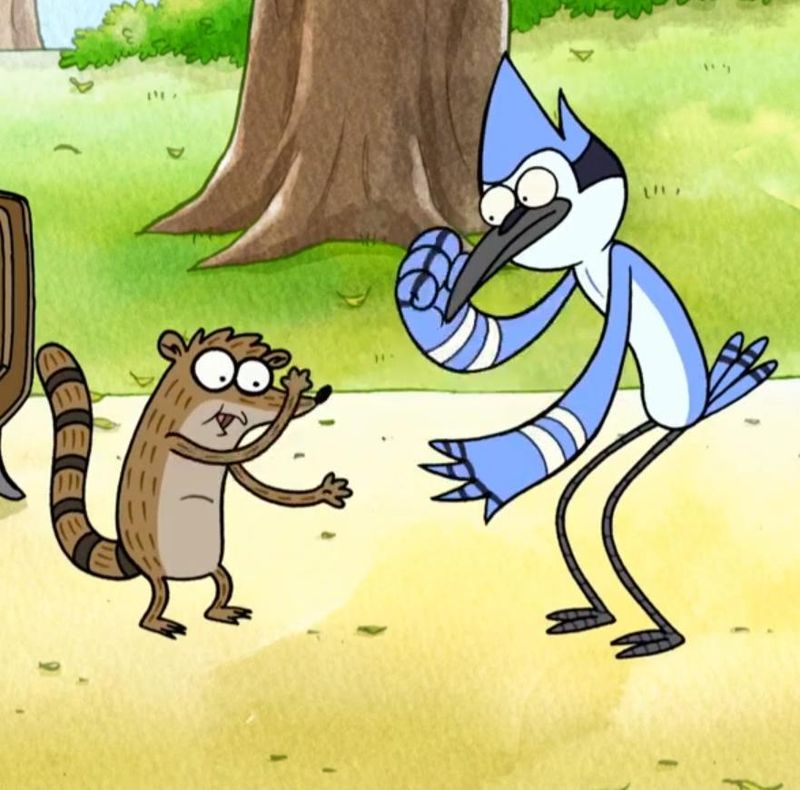
A show about slacker park workers fighting supernatural threats shouldn’t work, but it absolutely did—and kept improving. Early episodes were wonderfully absurd, with random escalation being the main joke.
As seasons progressed, continuity and character development became increasingly important. Mordecai’s relationship struggles felt genuinely relatable, and Rigby’s growth from irresponsible to mature was handled with surprising nuance.
The final season delivered an unexpectedly epic space opera storyline that somehow felt earned. Relationships that had been building for years paid off emotionally. The show proved that surreal comedy and heartfelt storytelling aren’t mutually exclusive when creators commit to both equally.
11. Transformers: Prime (2010–2013)
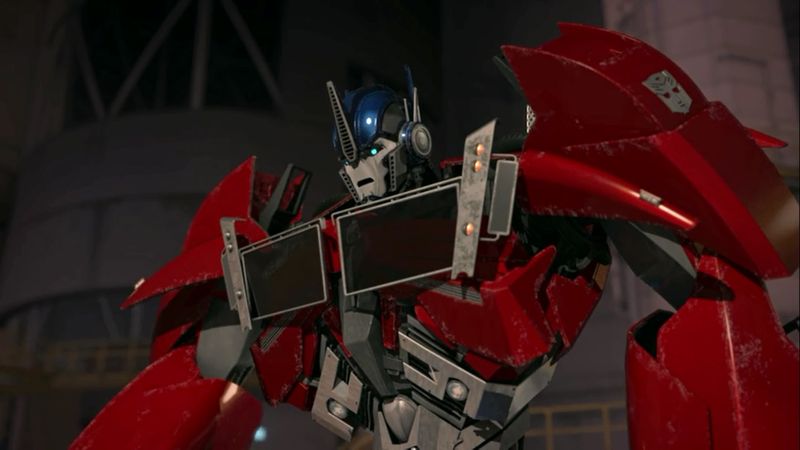
This CGI series took the Transformers franchise seriously, treating its robot characters as complex individuals rather than toy commercials. Season one established strong character dynamics between the Autobots and their human allies.
Season two expanded the mythology significantly, introducing ancient Cybertronian history and darker conflicts. The animation quality was consistently impressive, with fluid transformations and dynamic battles. By season three, the stakes had risen dramatically.
Optimus Prime’s character arc reached profound depths, while the Autobot-Decepticon conflict explored themes of war, sacrifice, and redemption. Voice acting from Peter Cullen and Frank Welker added gravitas. The show proved Transformers could be both intelligent and entertaining.
12. The Legend of Vox Machina (2022–)
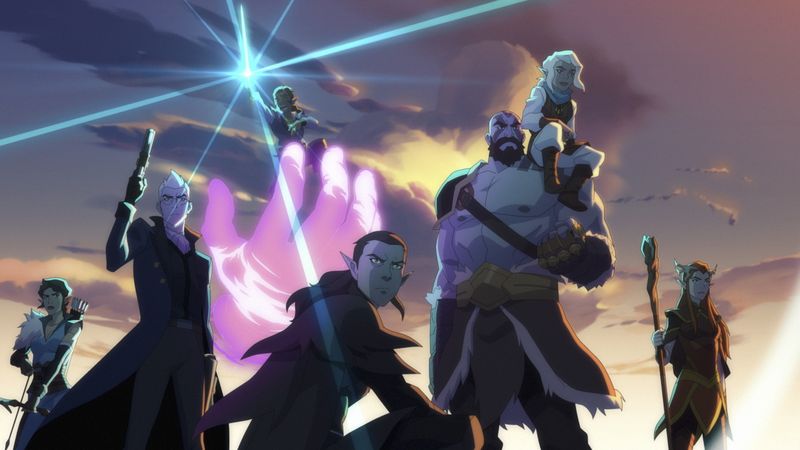
Adapted from the wildly popular Critical Role Dungeons & Dragons streams, this series faced high expectations from passionate fans. Season one introduced the chaotic adventuring party with humor and heart, but some pacing felt rushed.
Season two improved significantly, allowing character arcs more breathing room and emotional depth. The animation became more polished, and action sequences grew more ambitious and creative. Each season builds stronger connections between party members while expanding the world’s lore.
Percy’s revenge arc and Pike’s faith struggles hit harder as the show found its rhythm. The voice cast’s chemistry—they’re the original players—adds authenticity that keeps improving as they grow more comfortable.

Comments
Loading…